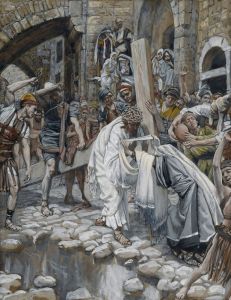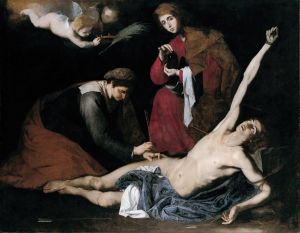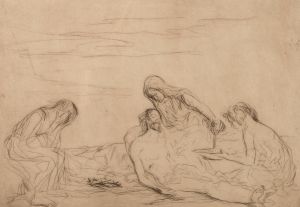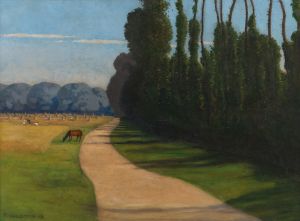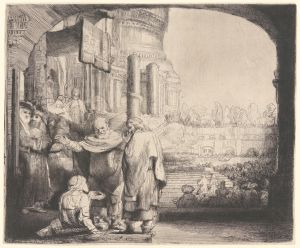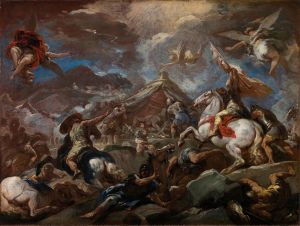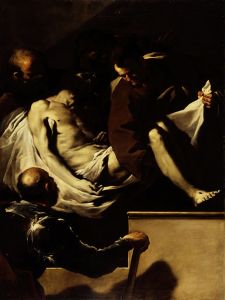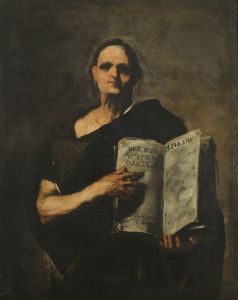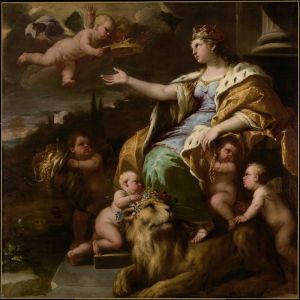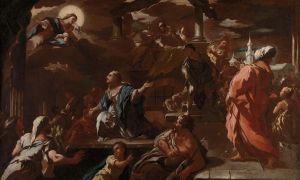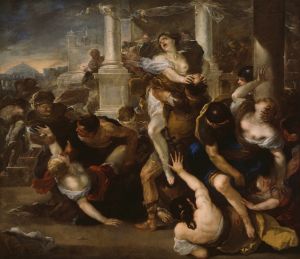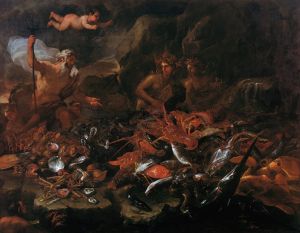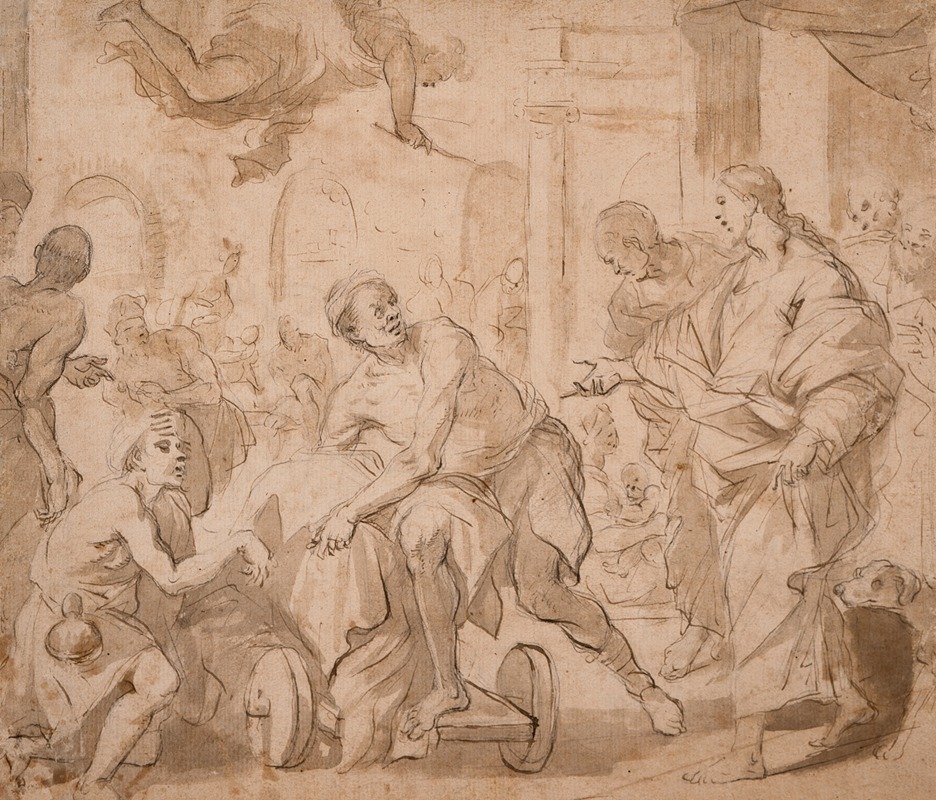
Christ Healing the Paralytic at Bethesda
A hand-painted replica of Luca Giordano’s masterpiece Christ Healing the Paralytic at Bethesda, meticulously crafted by professional artists to capture the true essence of the original. Each piece is created with museum-quality canvas and rare mineral pigments, carefully painted by experienced artists with delicate brushstrokes and rich, layered colors to perfectly recreate the texture of the original artwork. Unlike machine-printed reproductions, this hand-painted version brings the painting to life, infused with the artist’s emotions and skill in every stroke. Whether for personal collection or home decoration, it instantly elevates the artistic atmosphere of any space.
"Christ Healing the Paralytic at Bethesda" is a painting by the Italian Baroque artist Luca Giordano. Giordano, born in Naples in 1634, was a prolific painter known for his rapid execution and grandiose compositions. He was a prominent figure in the Neapolitan school of painting and worked in various cities across Italy and Spain.
The painting depicts the biblical scene from the Gospel of John (John 5:1-15), where Jesus heals a man who had been paralyzed for 38 years. The scene takes place at the Pool of Bethesda in Jerusalem, where many disabled people lay waiting for the waters to be stirred, believing that the first person to enter the pool after the stirring would be healed. In the narrative, Jesus approaches the paralytic man, asks him if he wants to be healed, and then commands him to "Rise, take up your bed, and walk." The man is immediately cured and does as Jesus instructs.
Giordano's interpretation of this miracle is characterized by his dynamic composition and dramatic use of light and shadow, which are hallmarks of the Baroque style. The painting captures the moment of divine intervention with a sense of movement and emotional intensity. Jesus is typically depicted with a serene and compassionate expression, extending his hand towards the paralytic, who is shown in a state of astonishment and gratitude. The surrounding figures often display a range of reactions, from awe to skepticism, enhancing the narrative's emotional depth.
Luca Giordano's mastery in handling large-scale compositions is evident in this work. His use of vibrant colors and fluid brushstrokes creates a lively and engaging scene. The architectural elements in the background, such as the columns and arches, provide a sense of depth and context, situating the event within the historical and religious setting of Jerusalem.
The painting is an excellent example of Giordano's ability to convey complex theological themes through art. His skillful portrayal of the human form and his ability to capture the subtleties of human emotion contribute to the painting's impact. "Christ Healing the Paralytic at Bethesda" reflects Giordano's deep understanding of both the artistic and spiritual dimensions of his subject matter.
Luca Giordano's works, including this painting, were highly regarded during his lifetime and continue to be appreciated for their artistic and historical significance. His contributions to Baroque art have cemented his reputation as one of the leading painters of his era. The painting is housed in various collections and museums, where it continues to be studied and admired by art historians and enthusiasts alike.





